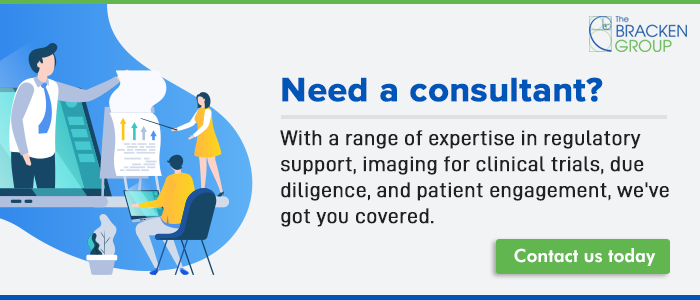Section 505 of the U.S. Federal Food, Drug, and Cosmetic Act describes three types of new drug applications (NDAs):
-
An application that contains full reports of investigations of safety and effectiveness (Section 505(b)(1))
-
An application that contains full reports of investigations of safety and effectiveness but where at least some of the information required for approval comes from studies not conducted by or for the applicant and for which the applicant has not obtained a right of reference (Section 505(b)(2))
-
An application that contains information to show that the proposed product is an identical inactive ingredient, dosage form, strength, route of administration, labeling, quality, performance characteristics, and intended use, among other things, to a previously approved product (Section 505(j))
Most NDAs are of the 505(b)(1) type. Some sponsors have not heard of the other two options, although they do offer important opportunities. We’ll focus on 505(b)(2) in this post, an option that debuted in 1984.
The Benefits of 505(b)(2) for Sponsors
The FDA’s objective in creating 505(b)(2) was to offer some additional assistance to sponsors by permitting them to make use of previously existing literature in their NDAs. Even where the literature is the result of another company’s study, 505(b)(2) allows sponsors to use the data, provided it offers sound, valid support for the NDA.
Imagine that you have a Phase III study of your own, but the Phase II study was conducted by a university somewhere and you want to use it to support your application. Or perhaps you’re licensing in a drug that someone else discovered. The 505(b)(2) option allows you to leverage the work conducted by other entities to support the safety or efficacy of your own product.
Sponsors can reap huge cost savings when they are permitted to rely on studies that they didn’t have to fund or conduct, although they do need to remember that they must show bioequivalence and bioavailability.
Take Some Time to Consider Your Path
Sponsors have some time to decide whether they intend to make use of 505(b)(2) or not. There’s no need to declare at the opening of an IND. Still, a decision should be made before going into Phase II.
Sponsors who do decide to leverage 505(b)(2) must be very diligent in observing every step of the process and making their intentions clear in every interaction with the FDA, as a misstep or misunderstanding can be costly. A consultancy like The Bracken Group can guide sponsors through the process safely and efficiently.
To learn more about 505(b)(2), download the FDA’s Draft Guidance on the subject here.
